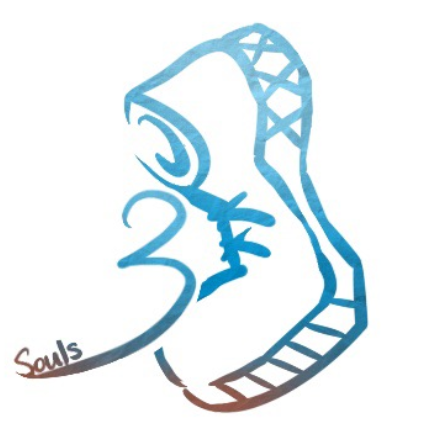SolidWorks
For making raw models of our midsoles
nTopology
For infilling midsole lattices
Abaqus
For simulating various tests
Quasi-static Compression Test
Based on the quasi-static analysis complying with the ASTM D695-15, we will obtain a stress vs. strain curve that will help us in determining many desired mechanical properties like energy absorption, ultimate compressive strength, yield strength, and Young’s modulus.
By complying with the ASTM D7791-17, through cyclic load testing, we will examine the accumulation of fatigue, based on the frequency that would be representative of the frequency of a foot strike pattern, and inspect areas of fatigue degradation. Additionally, we will obtain a load vs. displacement curve to calculate the energy return, which is the area under the curve during unloading. After calculating energy return, we will calculate the energy loss. The calculations and obtained measurements will help us to optimize our midsole design.
Cyclical Loading Test
Massdrop Test
The purpose of the mass drop test is to determine the deceleration of the mass once it hits the midsole. A good midsole should have a greater deceleration while also having a high rebound. This test method is intended for use on the heel and or forefoot regions of athletic shoe cushioning systems. An athletic shoe cushioning system is defined as all of the layers of material between the wearer’s foot and the ground surface that are normally considered a part of the shoe. This may include the outsole or other abrasion resistant outer layer, a midsole of compliant cushioning materials or structures forming an intermediate layer, an insole, insole board, or other material layers overlying the midsole, parts of the upper and heel counter reinforcement which extend beneath the foot, and an insock, sockliner or other cushioning layers, either fixed or removable, inside the shoe. It is designed to provide data on the force versus displacement response of athletic footwear cushioning systems under essentially uniaxial impact loads at rates that are similar to those of heel and forefoot impacts during different athletic activities.
